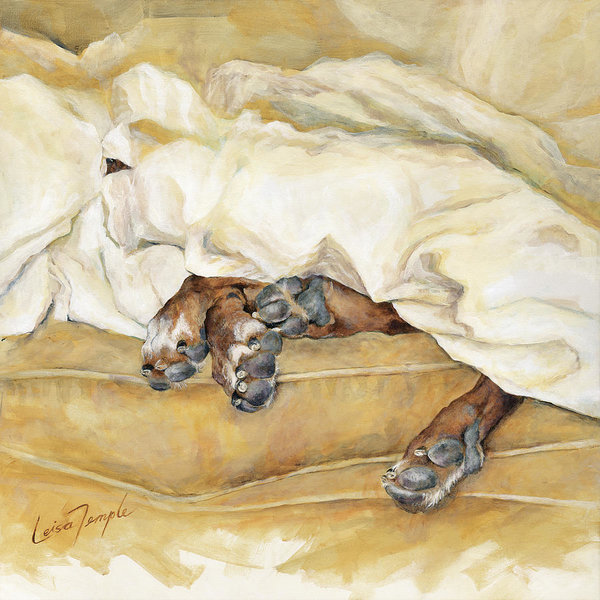
The Rhodesian Ridgeback‘s ridge is a splendid thing, and a hallmark of the breed. While ridgelessness does occur, it’s a disqualification in the show ring, and wording is quite clear about “proper” ridge appearance: It should be clearly defined, tapered, and symmetrical. It should start immediately behind the shoulders and continue to a point between the prominence of the hips. It should have two identical whorls directly opposite each other, and the lower edges of the whorls shouldn’t go further down the ridge than one third of the ridge.
We know the source of the ridge. Europeans emigrating to South Africa crossed their dogs with dogs belonging to the native Khoikhoi, the first people to come into contact with Dutch settlers in the mid 17th century. Their dogs included ridged hunting dogs in which the ridge was a genetic anomaly. We know now that the ridge is classed as a dominant autosomal trait which means that only one parent needs to carry the gene for it to be passed to offspring. Because the gene is dominant (as opposed to recessive), the ridge became widely established within offspring.
As of this writing, no DNA test we know of exists that will indicate if a Rhodesian Ridgeback can produce ridgeless puppies, but an on-going project at the University of California – Davis has made big strides to that ultimate goal. Researchers have successfully mapped the region of the genome that governs ridge/ridgeless, and in time, they may be able to identify modifying genes responsible for differences in ridge pattern, including crowns, fans and length.
“Under The Covers” by Leisa Temple (evidently, Rhodesians love to snuggle under blankets)
http://leisatemple.com
